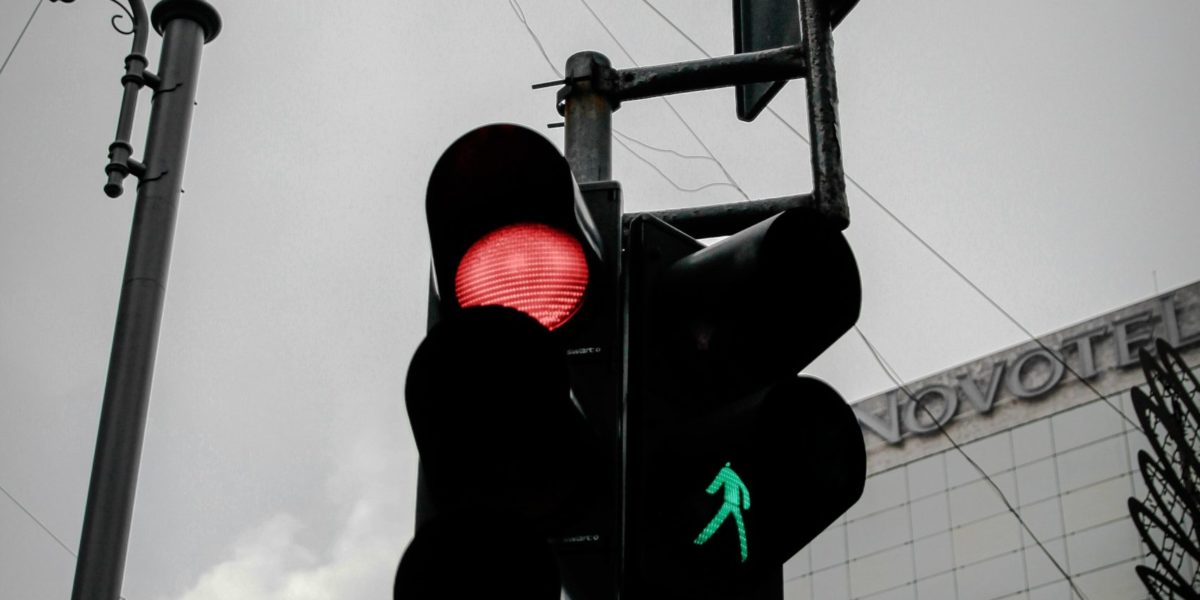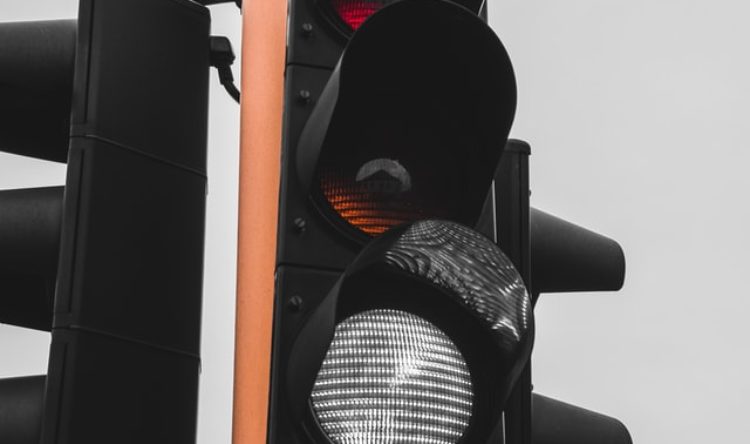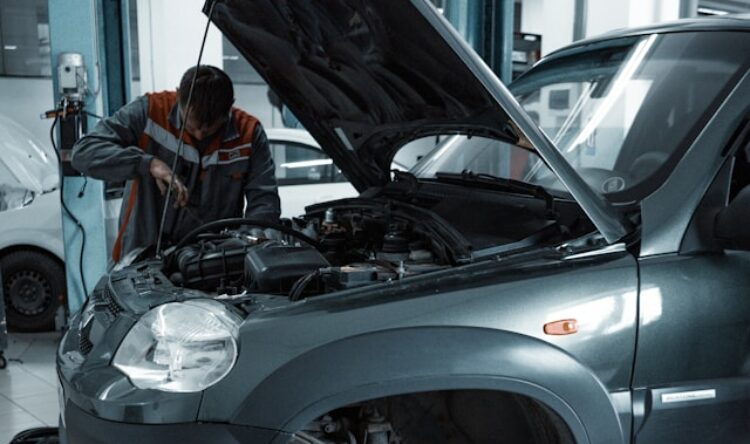Smarter traffic lights
Intelligent traffic control to reduce waiting and pollution
Combining wide-angle cameras with artificial intelligence, the new technology detects the number of pedestrians waiting to cross the road. Traffic lights turn to red when a certain number of pedestrians are detected. It means there is no need to press a button, as at traditional pelican, puffin and toucan crossings.
Councils will be able to programme the lights to stop traffic immediately when a set number of people are waiting. Potentially this will reduce the frequency that drivers are made to stop. The number could be increased for cities than and lowered in less populated rural areas.
And breathe
The development only minimises congestion, but also reduces emissions. Vehicles stopped with idling engines and then accelerating away from standstill can be reduced. The Royal College of Physicians estimates that up to 40,000 deaths a year in the UK are linked to air pollution.
In February, the “Engine Off, Every Stop” campaign was launched across London. This encourages drivers to turn their engines off every time they pull over. The campaign followed research by the Transport Research Laboratory (TRL) that found pollution levels could be halved at busy junctions if motorists turned off their engines. This proved true even if they are stopping for a few seconds.
Carefully does it
There are also benefits for the vulnerable such as the elderly, the less able bodies and parents pushing buggies. The smart traffic lights can sense when a slow walker is approaching the crossing and keep the red light on for longer.
The consideration follows a study carried out by Age UK in 2015. This found that crossing timings assumed that people could walk at a pace of 1.2 metres per second. However, most people aged over 65 walked at a slower pace.
Pedestrians also benefit from the AI technology that is claimed can predict intention to cross before people reach the lights. The cameras can track their approach from 15m away and recognise behaviour. It can then distinguish between those likely to cross and those simply walking by.
On the move
Brian Jackson, chief executive of Now Wireless, told The Times: “What we can now do is use cameras to make better use of crossings, giving priority when needed and more fairly than traditional systems allow.
“Information about pedestrian numbers, and making sure that crossing points operate efficiently, will be particularly important for urban areas.”
The company last year unveiled tech that allows traffic lights to anticipate the arrival of cyclists at junctions. The lights could then change to green if safe to do so. This was in response to the massive uptake of cycling during the coronavirus pandemic.
Each smart crossing will cost £2,500 to install. It will be offered to 40 local councils with which ‘Now Wireless’ already has supply deals. Trials will be carried out over the next four months before a full rollout takes place in August.






